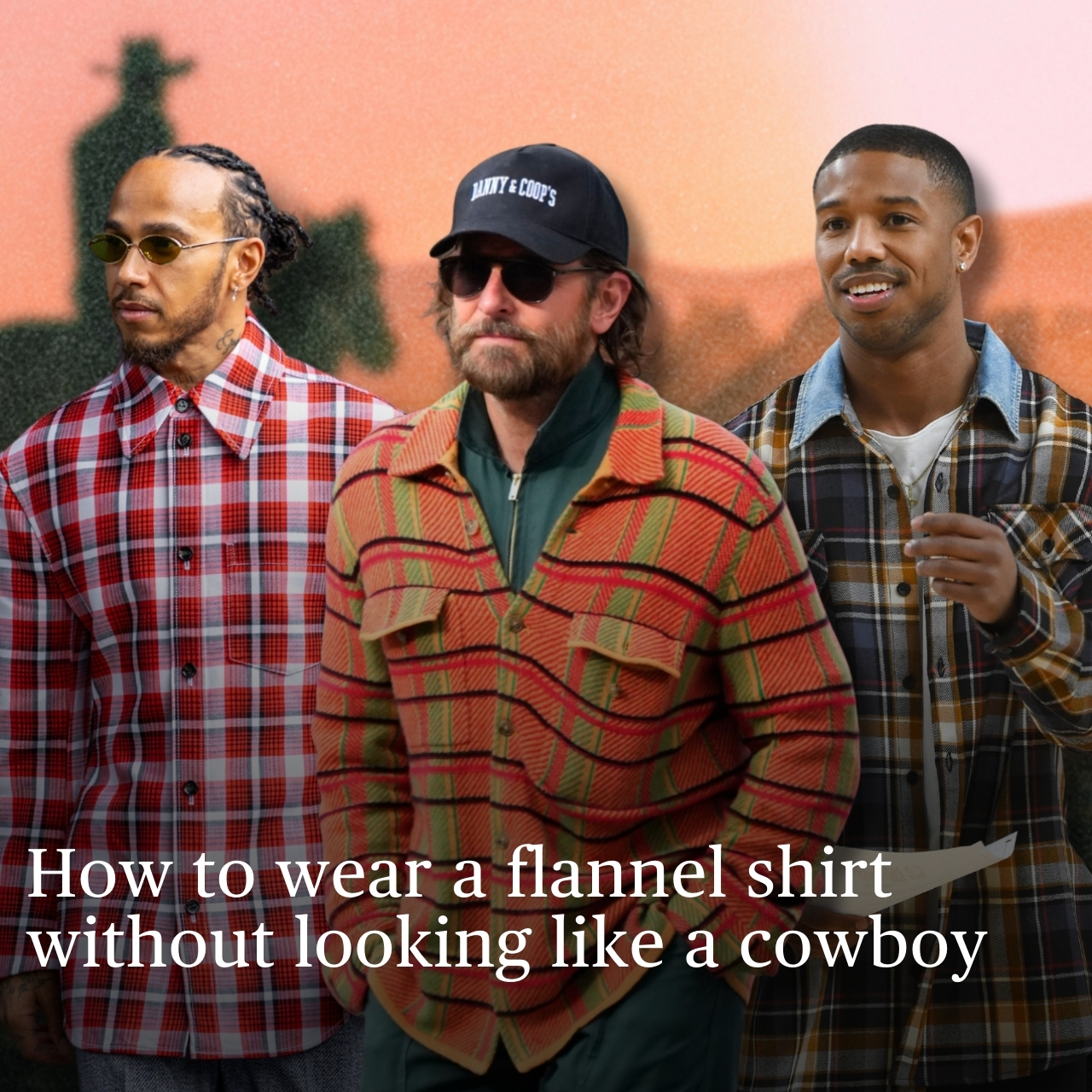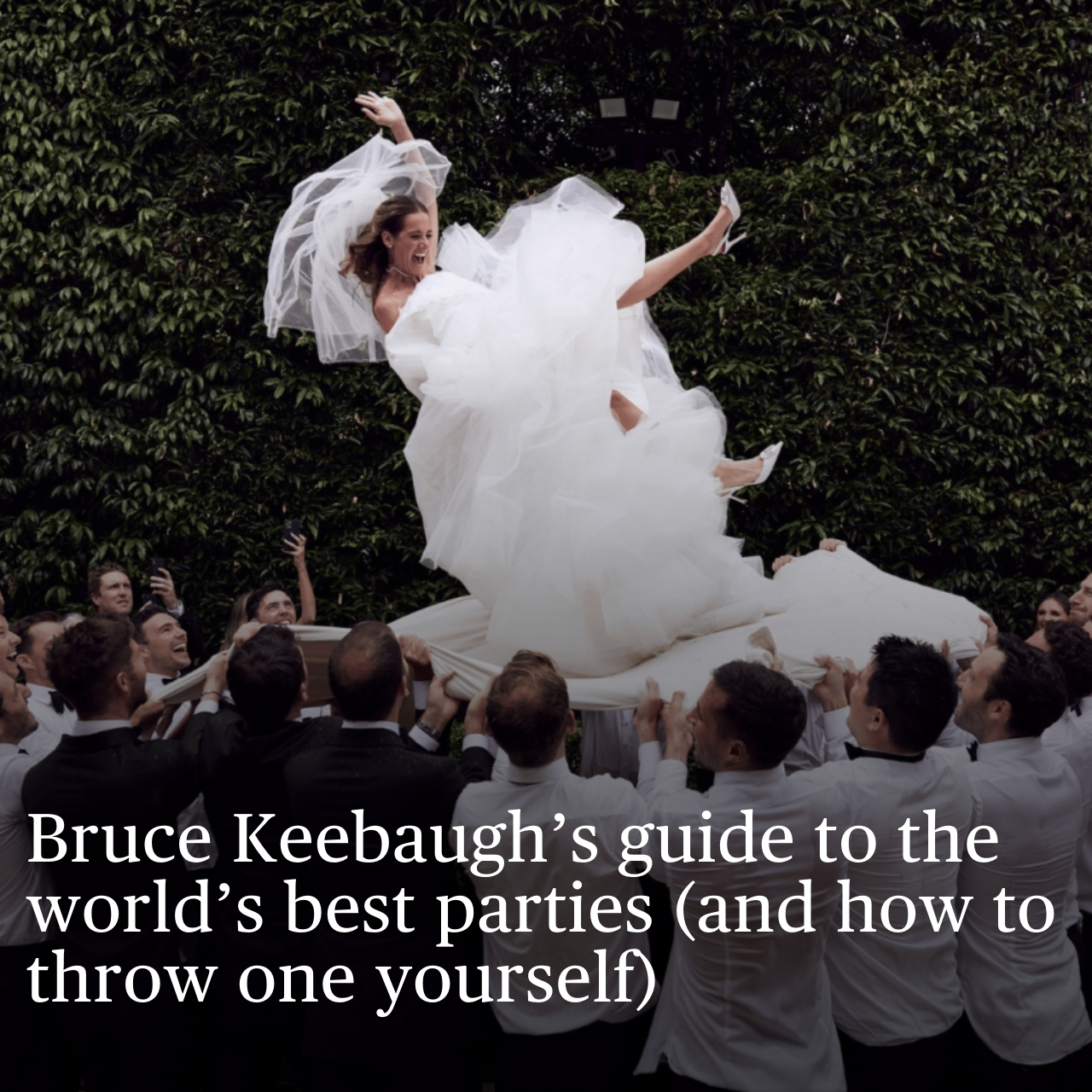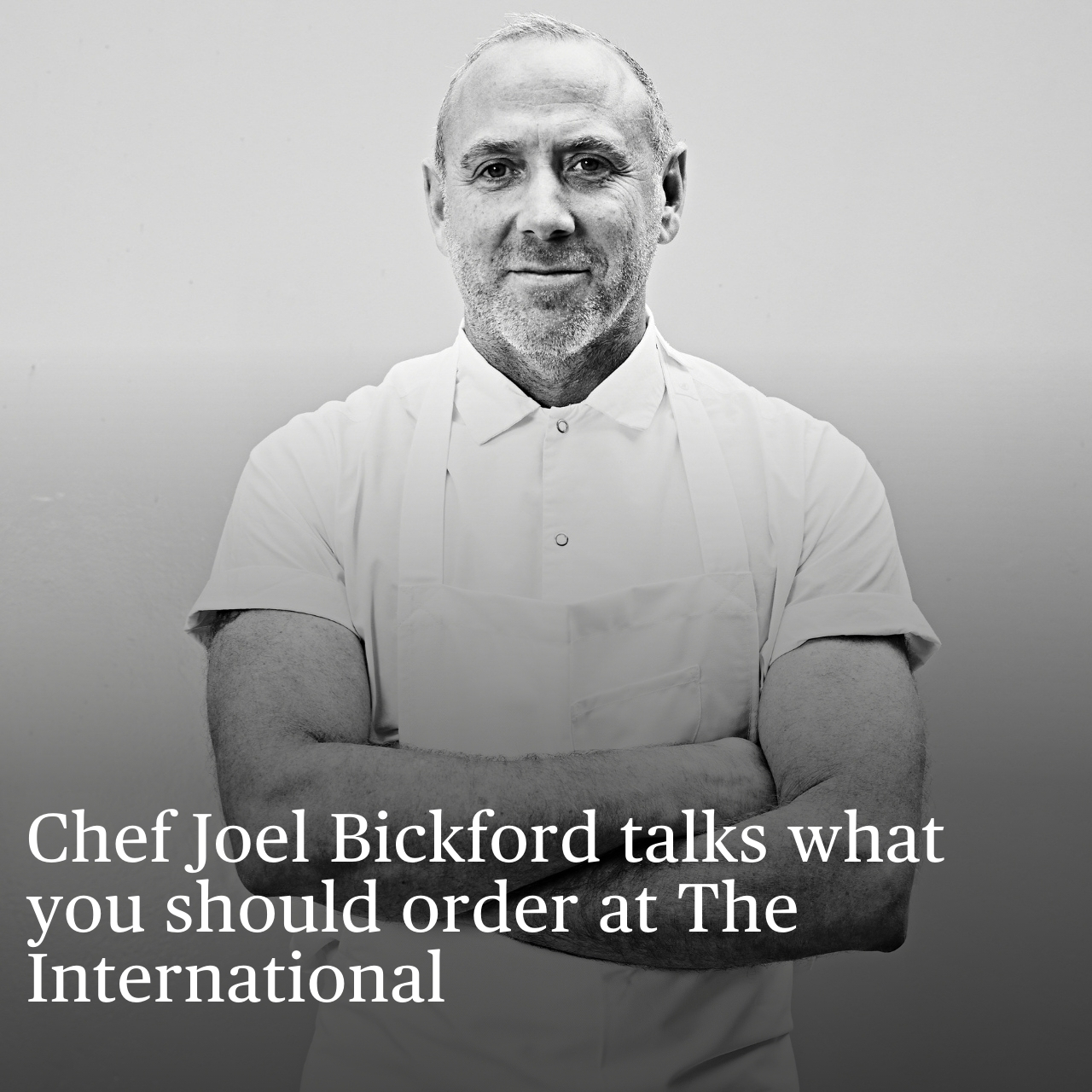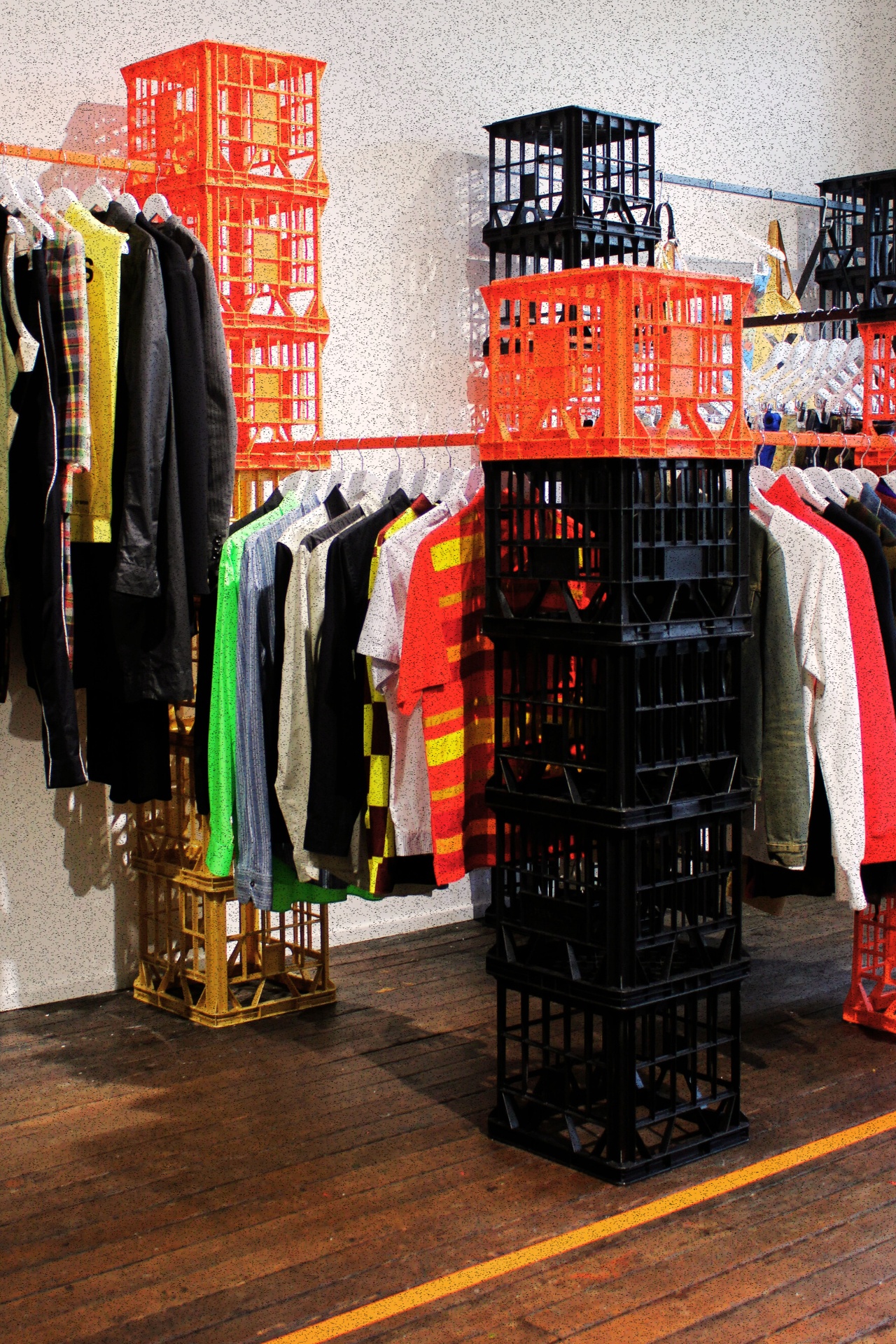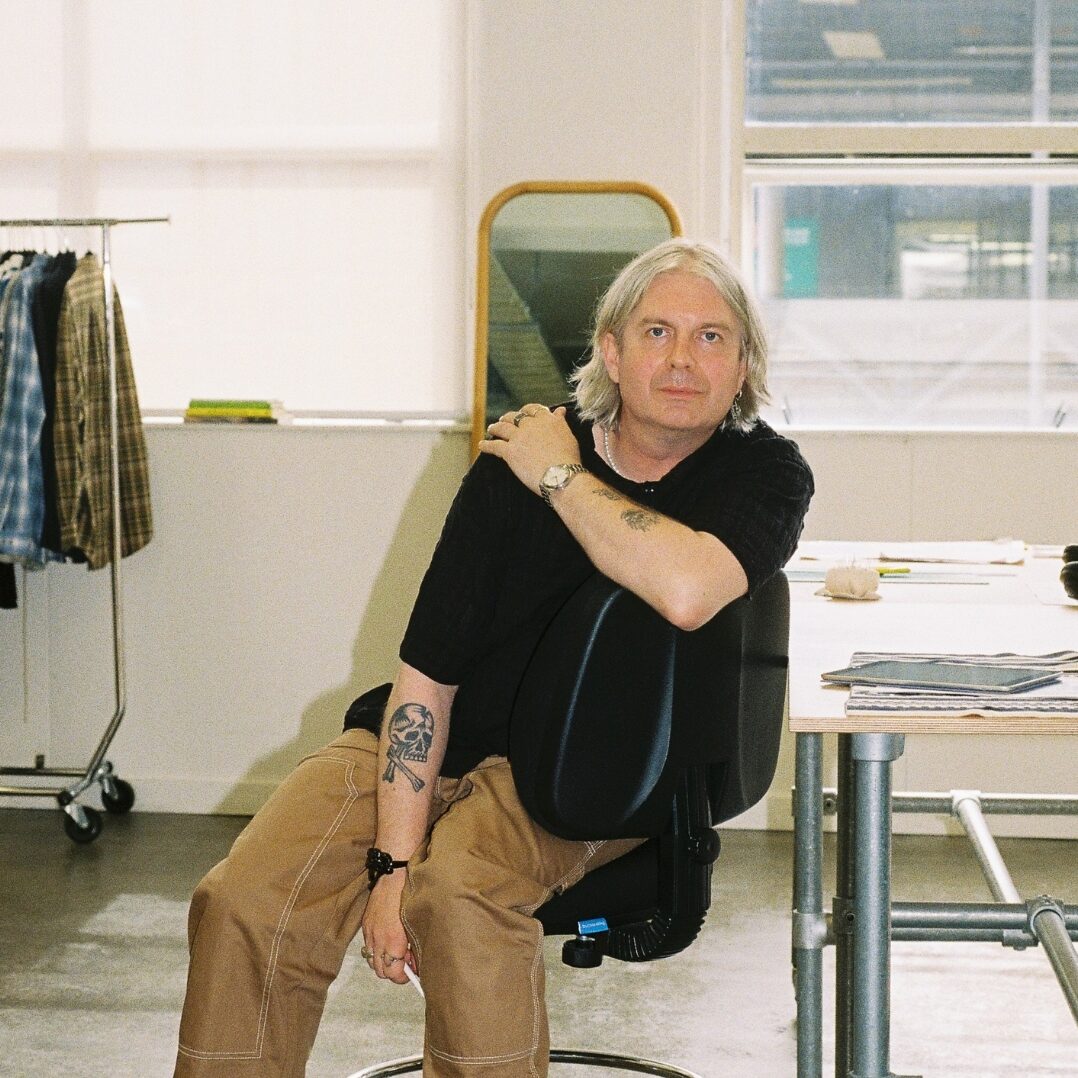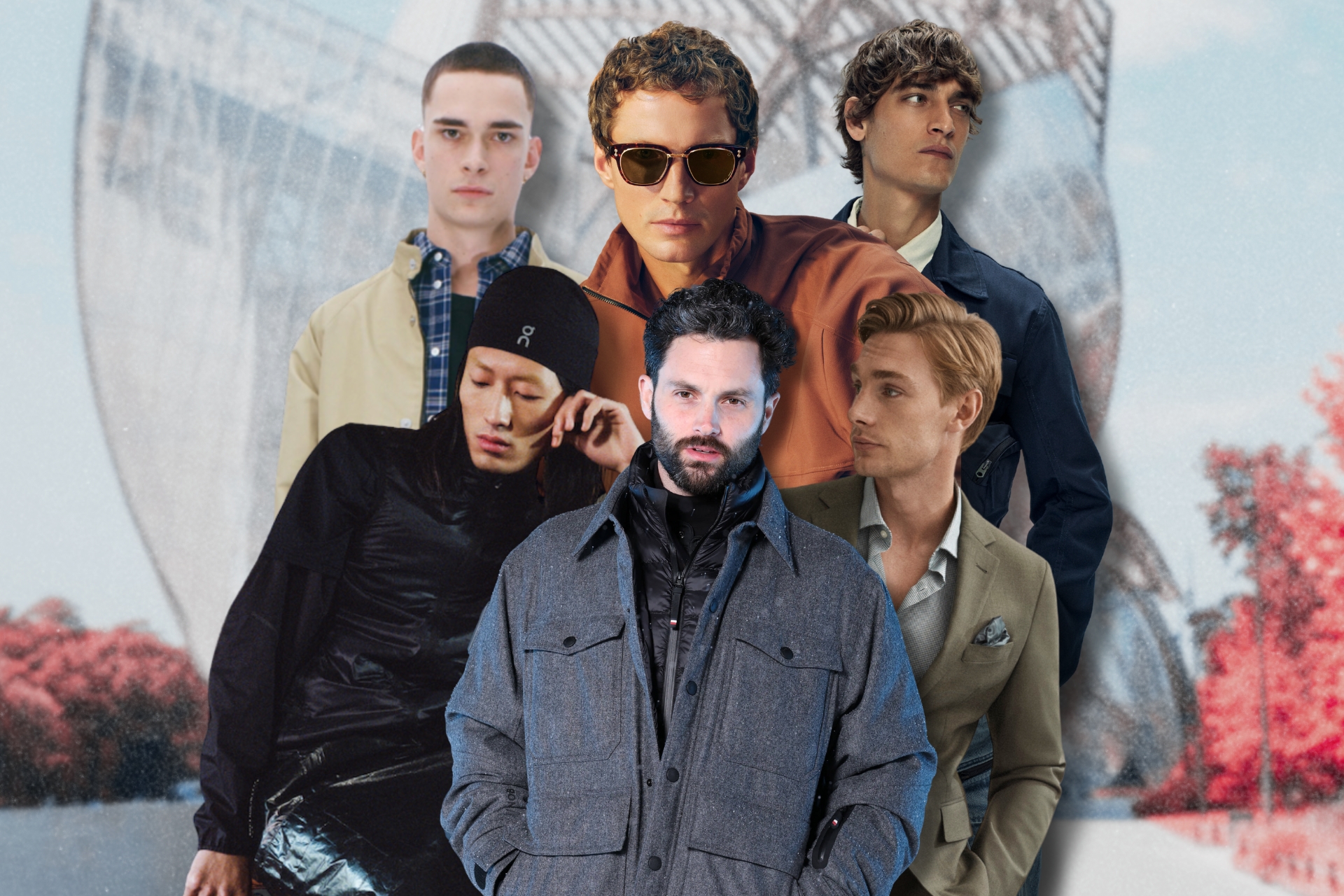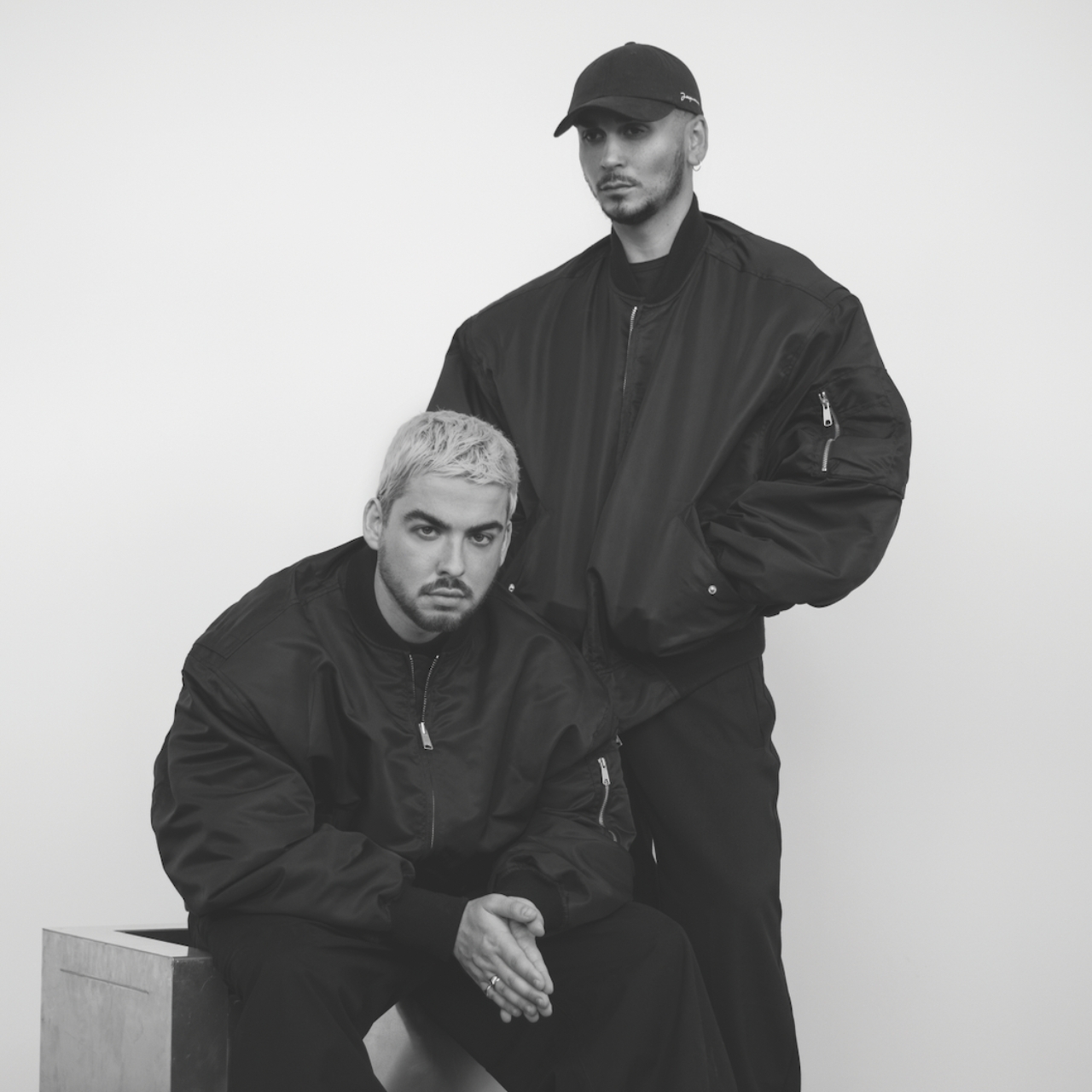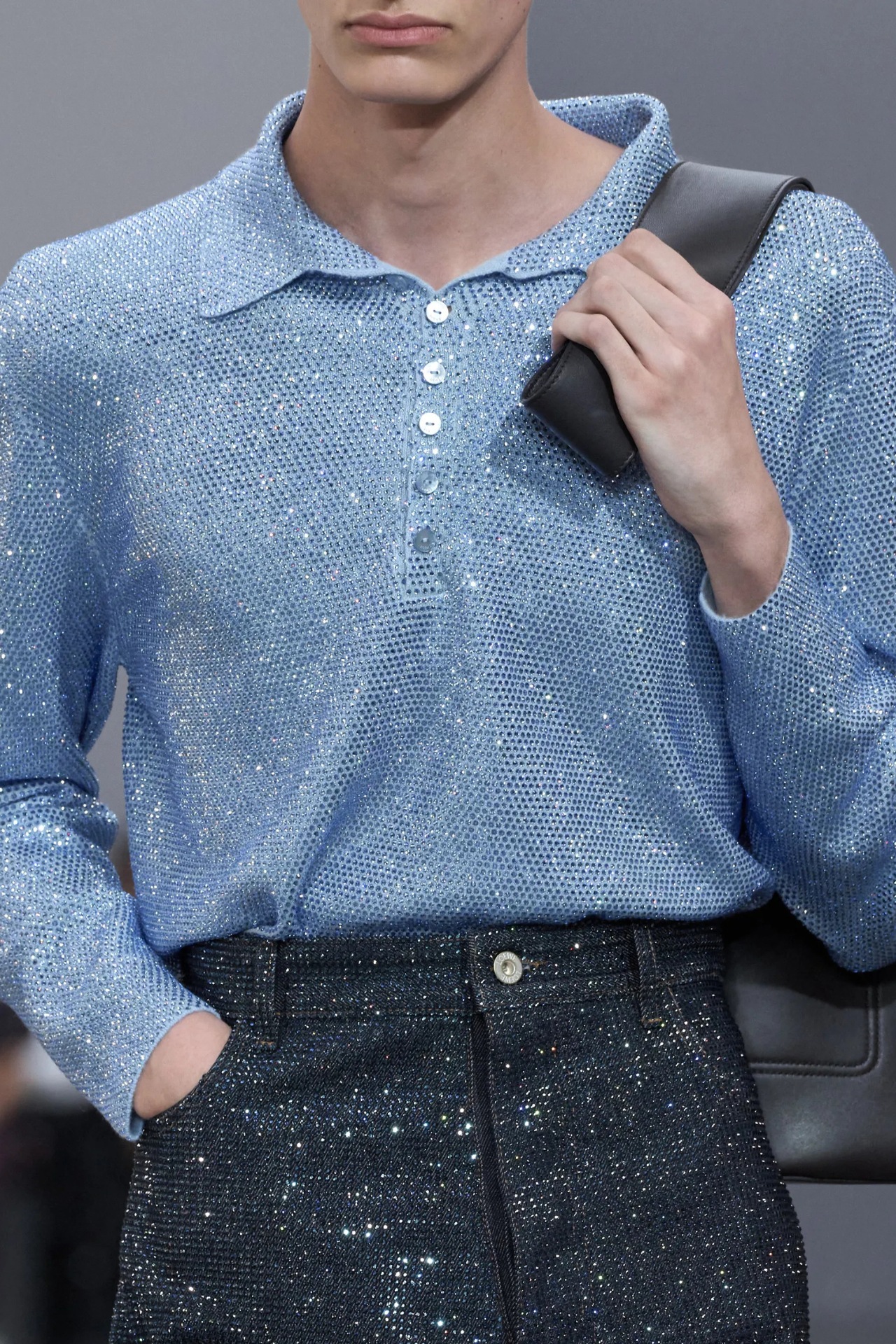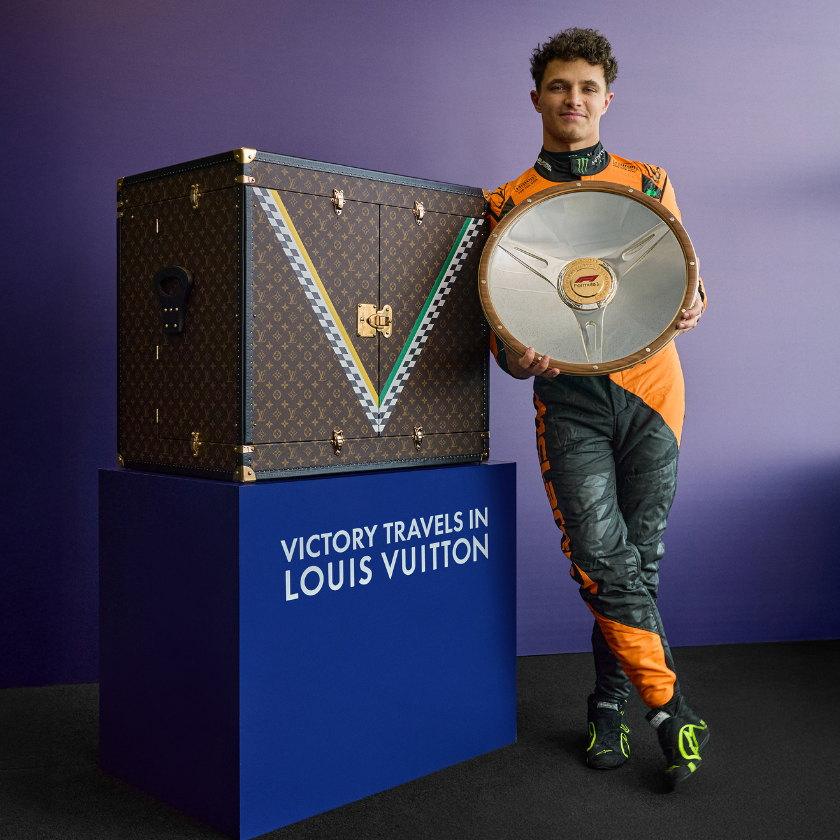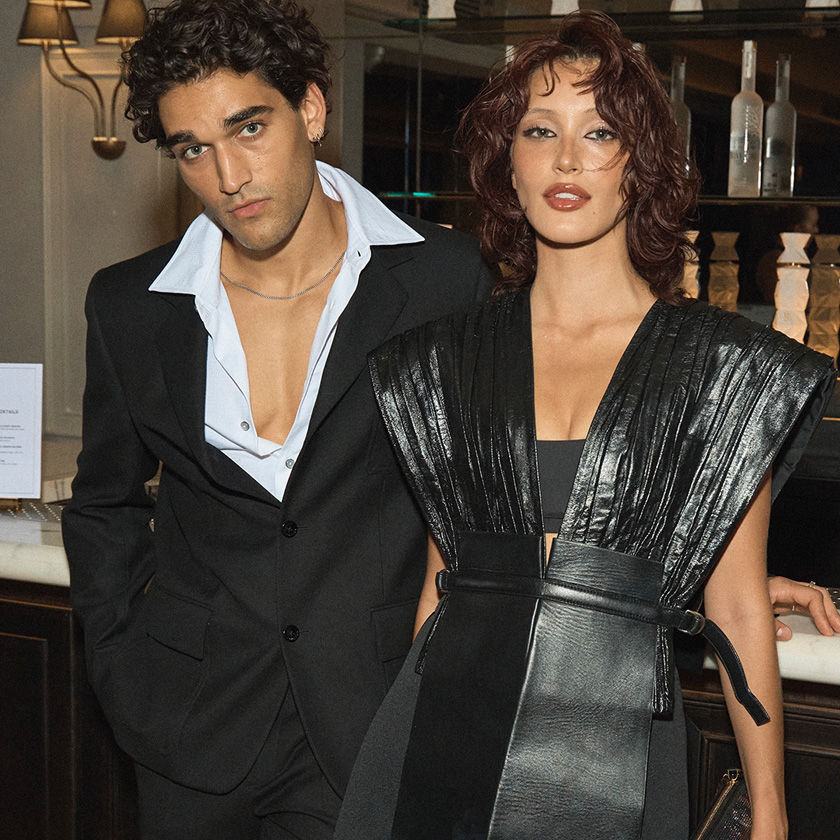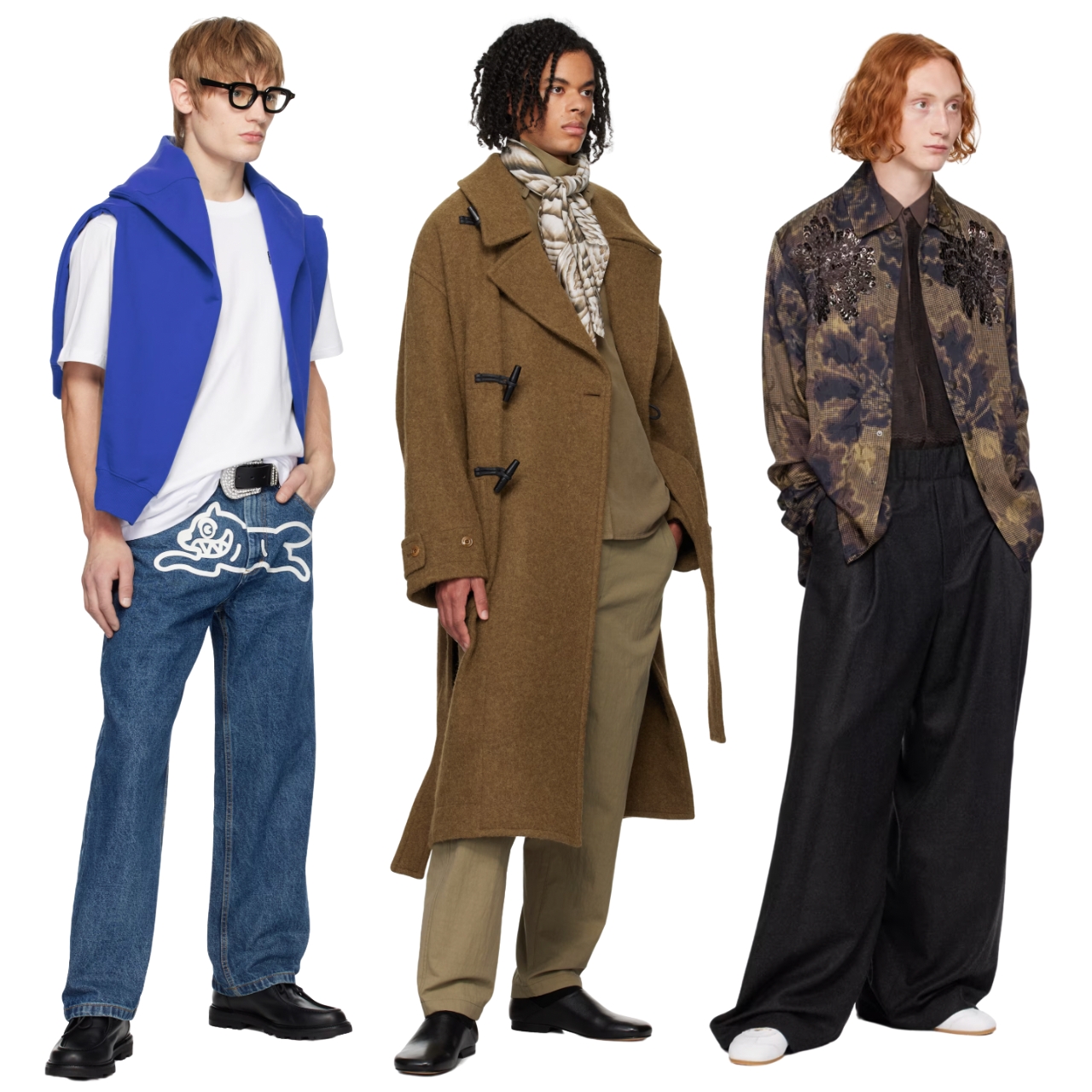How to layer like a pro, according to tailor Christian Kimber
We chat with the Melbourne-based designer about how to master the exact science of styling for the winter
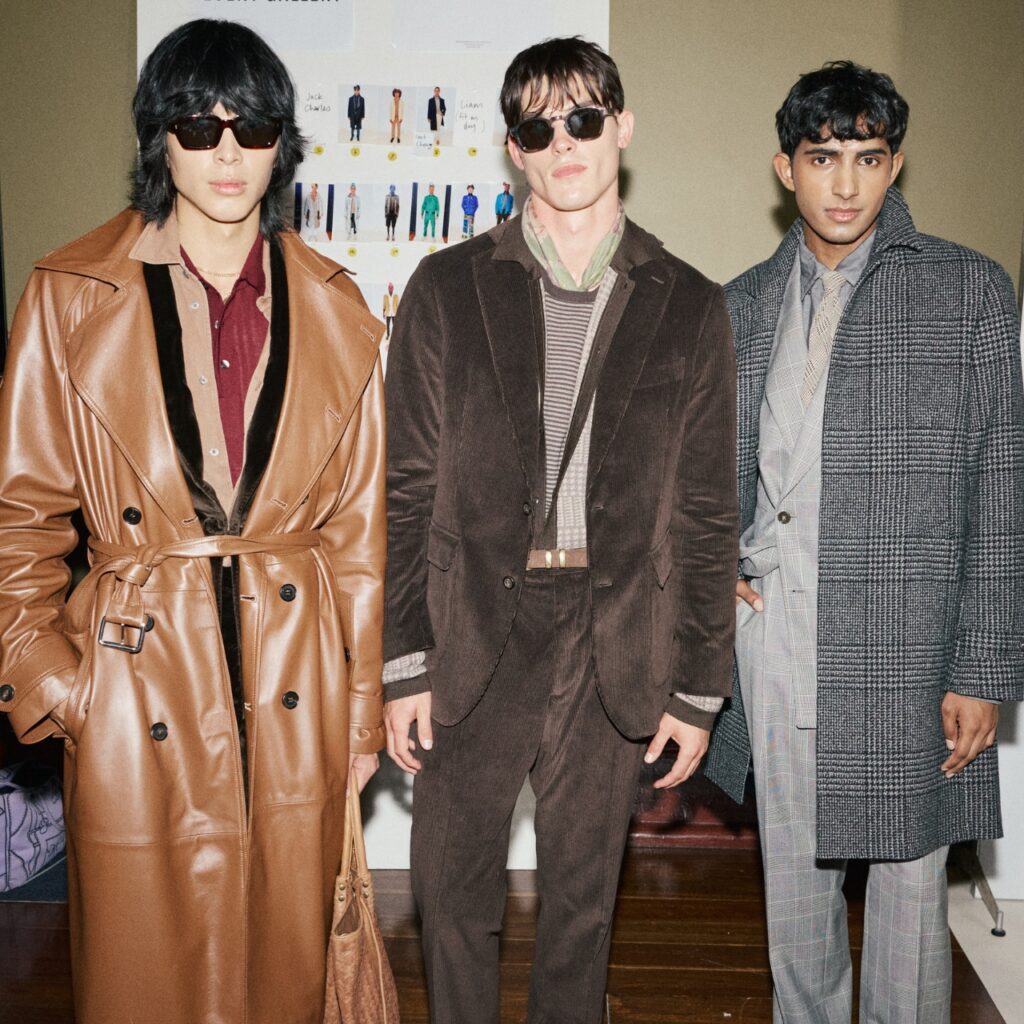
AUTUMN TECHNICALLY started this month, but its first inklings really begin when your most summer lovin’ friend admits that they “can’t wait to wear a coat”. It’s not the cold they missed, but the stylistic opportunities offered sans sweating. Of course, if a bite in the air sees you grab the same trusty but tired coat you’ve worn for the past week out of necessity, it can be difficult to rouse enthusiasm for getting dressed as the days get colder, greyer, and wetter. Thankfully, a solution lies in layering.
Sounds simple, but layering is more than wearing Uniqlo Heattech as your base (which is essential!). The practice is also more sophisticated than Demna Gvasalia piling on a nine layer parka, or Adrien Brody‘s character in Succession, who layers in the billionaire method with seven pieces of technical gear. For the consummate tailor Christian Kimber, the practice of layering “isn’t just about warmth – it’s about dimension, balance, and movement”, he tells Esquire.
We chatted with the Melbourne-based designer after his recent show at Paypal Melbourne Fashion Festival, where he showcased a symphony of monochrome plaids, earthy-toned suedes, and richly-textured wools and corduroys. The result was a collection of unlikely pairings that created a visual intrigue that felt incidental; a nod to the long-standing tradition of nonchalance the designer learnt during his time on Savile Row. Here, Kimber lays down his ‘layering’ laws.
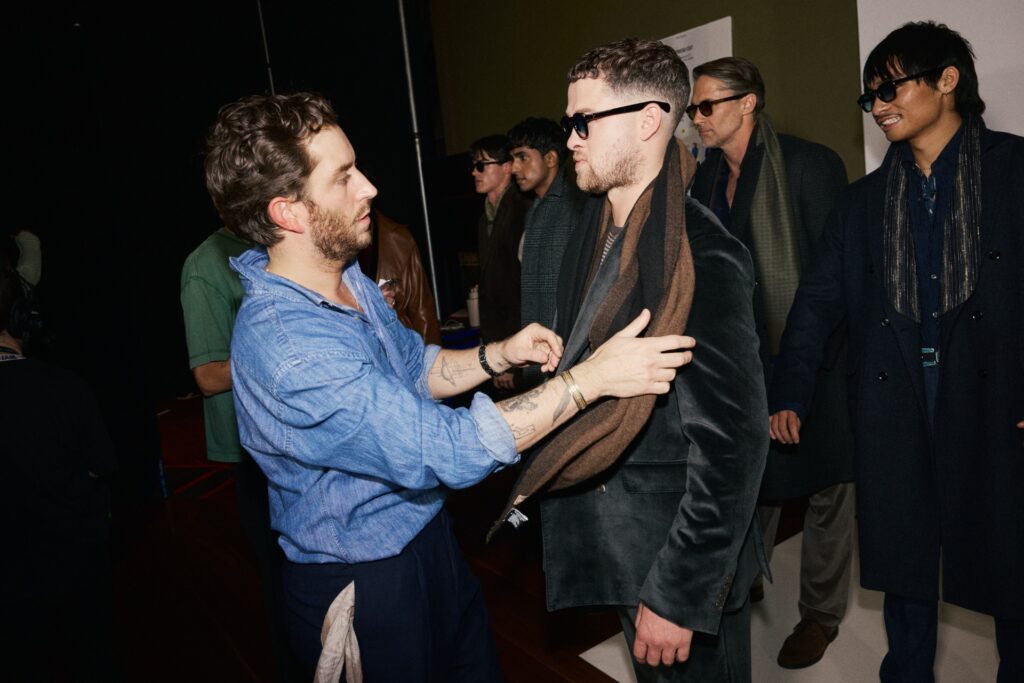
Curating > layering
“The key is a well-curated selection of versatile pieces that can be stacked without bulk. A softly structured overcoat – something with a gentle drape rather than rigid tailoring – will be your best bet for an elegant top layer. Underneath, a lightweight wool or cashmere-blend roll-neck is an obvious but refined choice, especially if it peeks from under a blazer or a textured cardigan. A sleeveless knit or a belted cardigan can add depth without excess fabric, which is key for avoiding the dreaded ‘stuffed’ feeling.
Winter layering should feel effortless, almost accidental. For example, a quilted gilet under a wool overcoat can introduce an element of sportiness without tipping into overt practicality. Likewise, an unlined blazer over a fine-gauge knit can bridge the gap between smart and relaxed. It’s about stacking pieces that interact rather than compete – so steer clear of overly rigid combinations that make movement feel restrictive. And most importantly, always opt for pure natural fibres – that’s all I work with.”
Let colours sing, not pop
“The secret to using colour well is restraint. Even bold shades feel sophisticated when anchored in earthy, desaturated, or muted tones – my personal signature. Think burnt sienna with deep charcoal, or a subdued teal with warm tobacco.
I think the mistake most people make is treating colour as an accent rather than integrating it holistically. Instead of a loud ‘pop,’ let colour weave through the whole look; perhaps a deep aubergine knit peeking from under a navy coat, with subtly complementary hues elsewhere in accessories or footwear.”
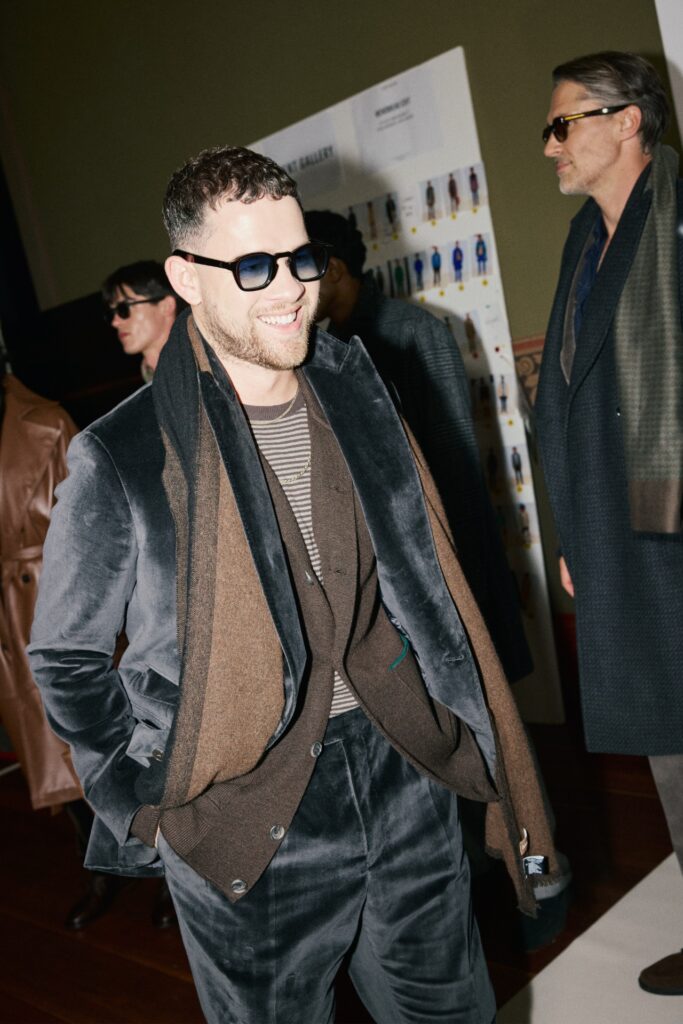
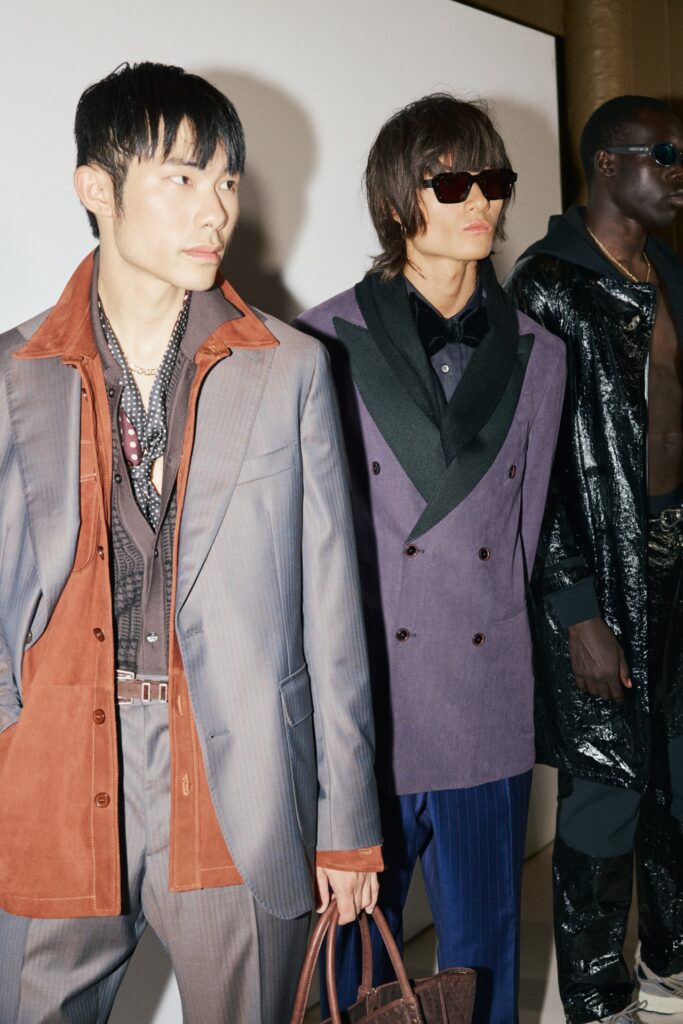
Prints should soften the look
“Prints should feel incidental, as though they’ve been inherited rather than purchased with intent. A faint pinstripe, a slightly irregular check, or a herringbone weave can create visual intrigue without overwhelming an outfit. The showstopper in my PMMF runway involved a deep purple dinner jacket paired with a navy pant with a faint purple pinstripe, for example. The trick is to let prints soften into the look rather than dominate it. A vintage-inspired floral on a wool and silk scarf, a geometric knit pattern barely visible under an open jacket – it’s about subtle storytelling rather than statements. Having said that, in my most recent runway I walked a plaid on plaid on plaid on plaid look – tie, shirt, jacket and coat all in a monochrome plaid – that seems to have stolen the show . . .”
Accessories are a cast, not solo acts
“Accessories should feel like an extension of the clothing rather than a separate category. A wool scarf loosely draped instead of tightly knotted, a beautifully aged leather belt that looks like it’s been with you for a decade – these things add character rather than decoration. I always lean towards natural materials: horn buttons, a simple signet ring, a woven leather bag. The best accessories don’t just match, they feel inevitable.”
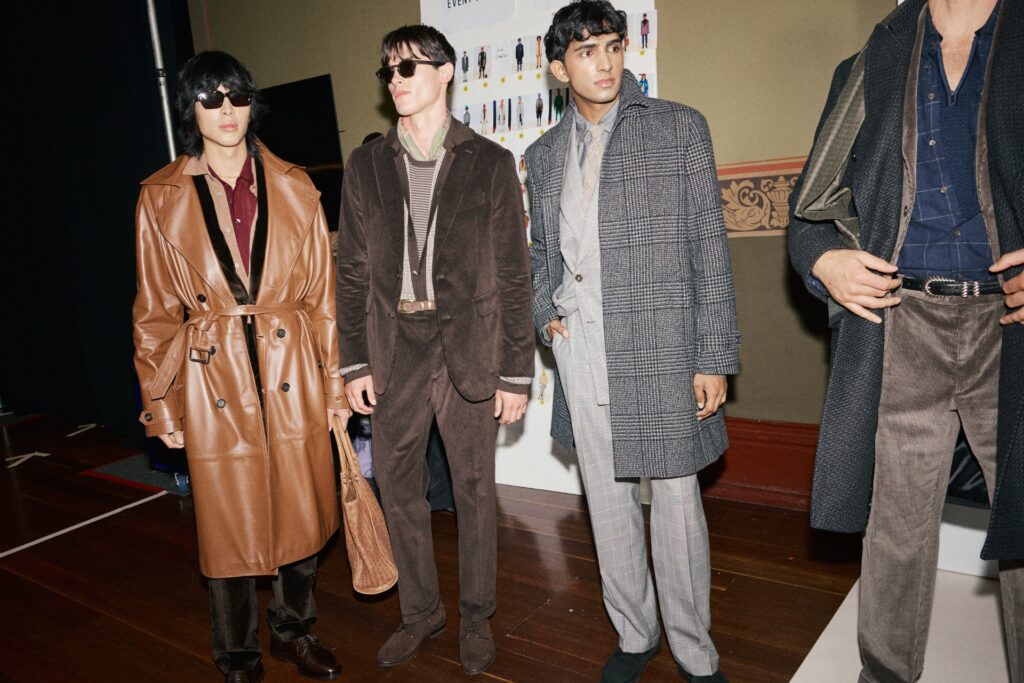
Rich textures and fabric create dimension
“Texture is what makes an outfit feel rich rather than flat. The easiest way to approach this is by balancing sleekness with softness – something crisp like a cotton poplin shirt under a brushed cashmere coat, or rugged canvas offset by buttery suede. One of my favourite tools when it comes to styling is texture, more specifically the interplay between density and lightness. A good rule of thumb: if everything feels too smooth or too rough, you’re missing contrast.”
Leave some room for movement and drape
“Proportion is where personal style really lives – it’s about knowing how to disrupt expectations in a way that feels deliberate. A long, sweeping overcoat paired with slightly cropped trousers creates a sense of movement. A boxy jacket with a fitted knit underneath brings a subtle push-and-pull. Menswear right now is shifting toward volume, but it’s not about drowning in fabric – it’s about giving space where it feels intentional.”
Think skim, not slim
“The other thing to consider is how proportions work in motion. An oversized piece shouldn’t just be big; it should drape and collapse in a way that feels natural. Likewise, a slimmer fit shouldn’t cling – it should skim. The goal isn’t to create shape through tightness, but through the way garments interact with the body as you move.”
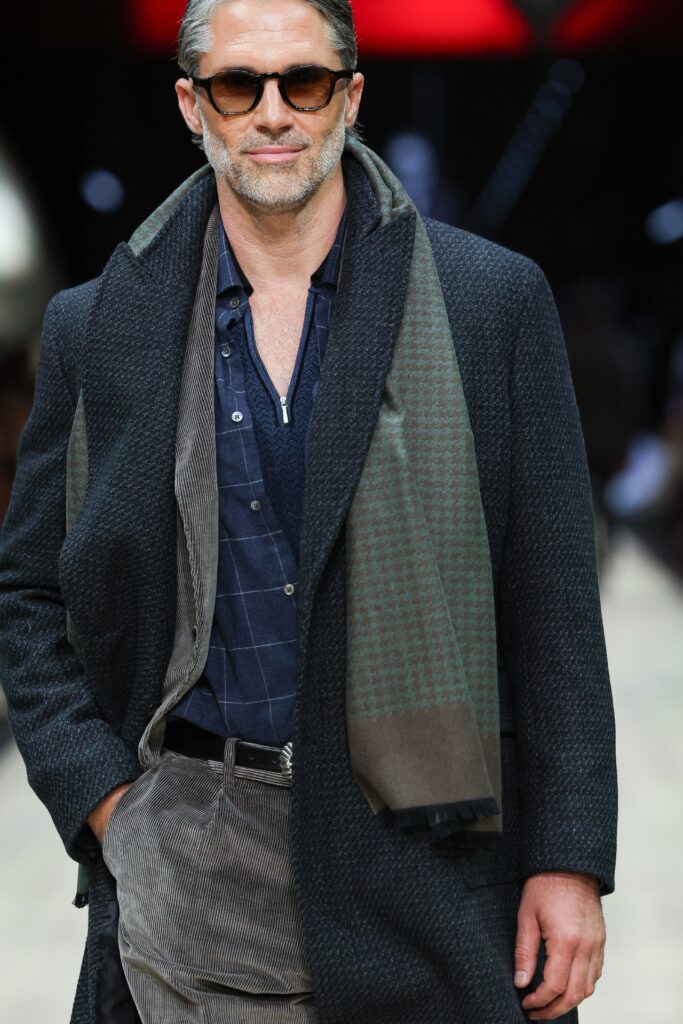
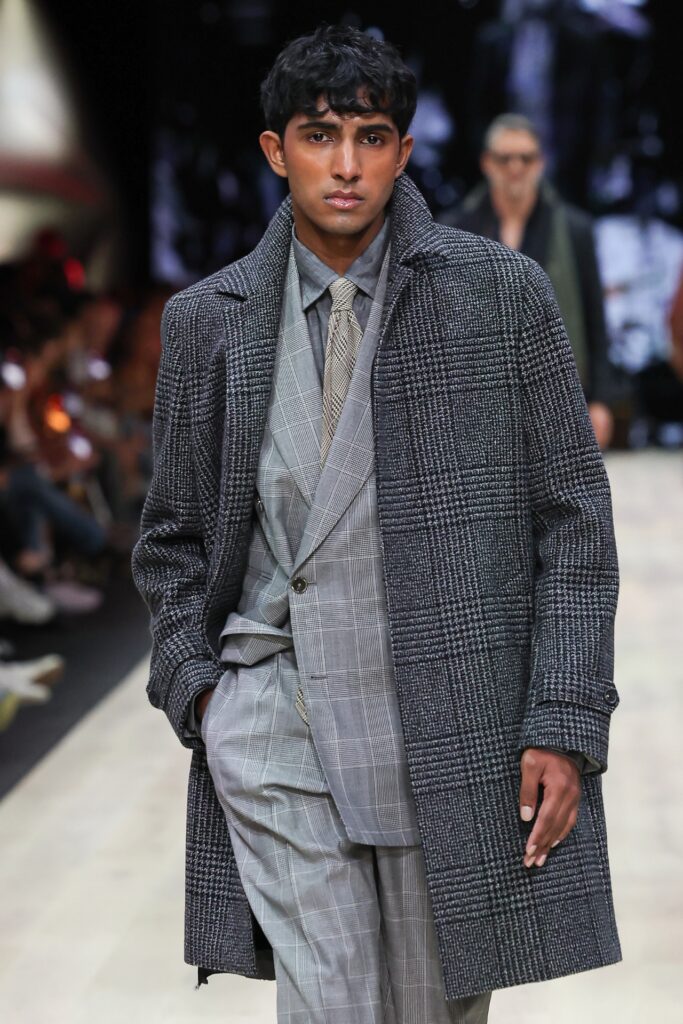
Scramble the signals
“The best mixed-style outfits are the ones that feel instinctive rather than forced. The key is finding a common thread – whether it’s colour, texture, or attitude. A softly structured blazer over an overshirt works because both pieces have ease. A sharp trouser with a relaxed knit and suede chukka boots makes sense because the materials feel complementary.
The mistake most people make is overcommitting to one aesthetic and then ‘adding’ something different. Instead, start with the idea of an outfit and let the mix happen organically. A utility-style field jacket with tailored wool trousers makes sense because both pieces have a lived-in quality. A double-breasted blazer with raw denim works when the silhouette feels relaxed rather than stiff.”
If it’s too much, it probably is
“The easiest way to avoid looking over-styled is to subtract. If an outfit feels too busy, remove one statement element and see if it breathes better. Often, the best looks are the ones that are just a touch underdone.
Another trick is to think about cohesion rather than contrast. If you’re layering multiple textures, let them share a similar weight or tone. If you’re using colour, ensure there’s a dialogue between shades rather than just isolated ‘pops’. The Christmas tree effect usually happens when every element is competing for attention – when nothing is acting as the anchor.
Lastly, personal style should always feel like an extension of personality, not a costume. If an outfit feels forced, it probably is. The best-dressed people always look comfortable in their choices, no matter how complex they might be.”
Related:
Relaxed suiting steals the show at Paypal Melbourne Fashion Festival’s Menswear Edit
Will men wear bootcut jeans? One Esquire writer puts the look to the test




